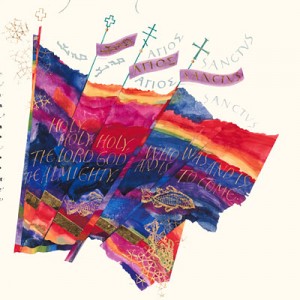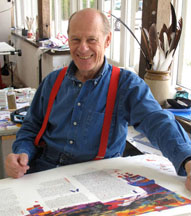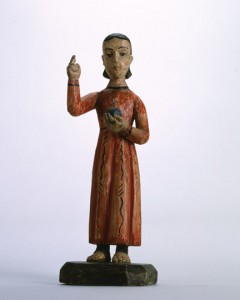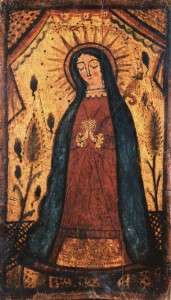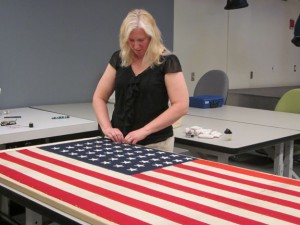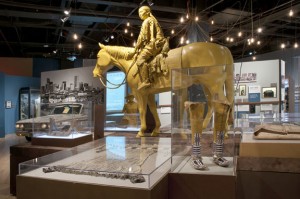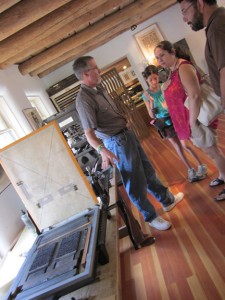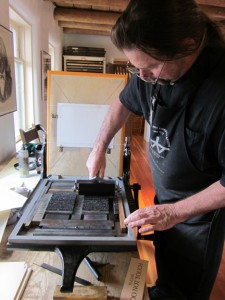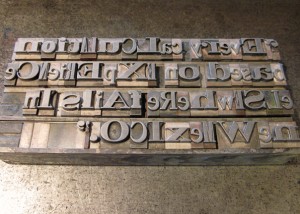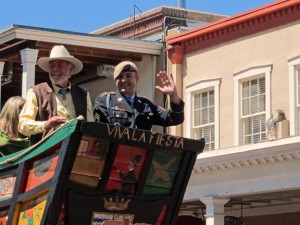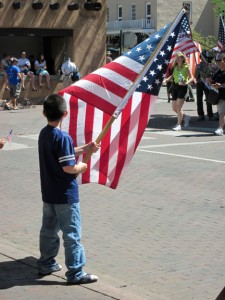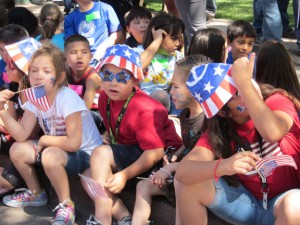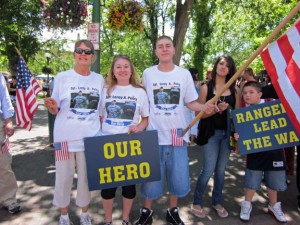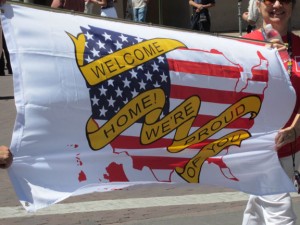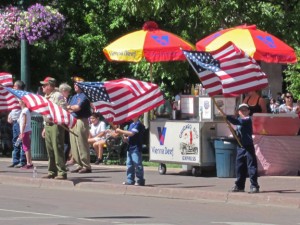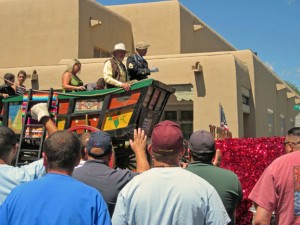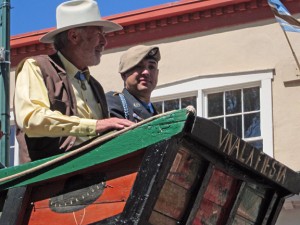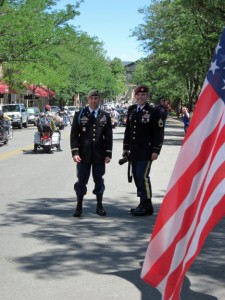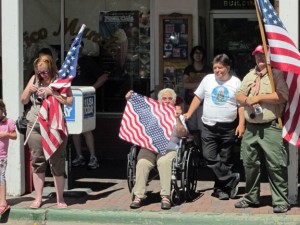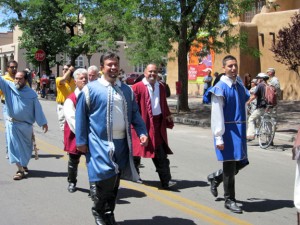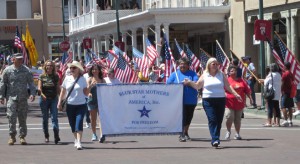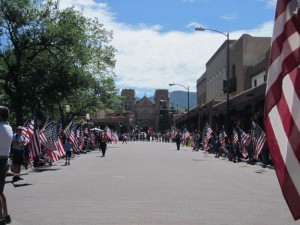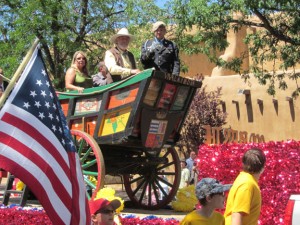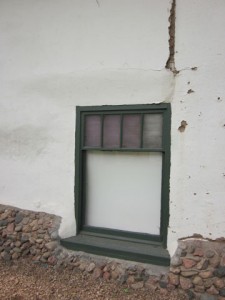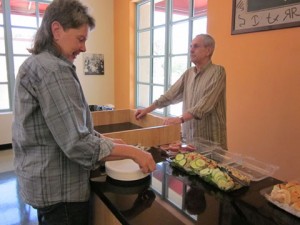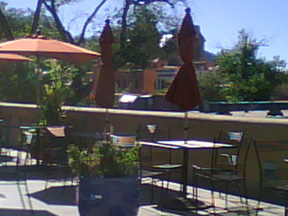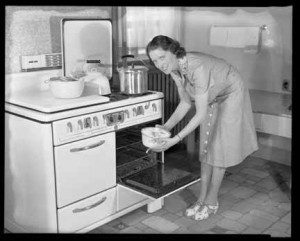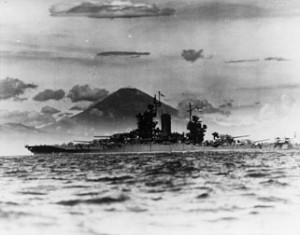 The 15 mini-documentaries produced by KNME for the New Mexico History Museum have two pieces of good news to share.
The 15 mini-documentaries produced by KNME for the New Mexico History Museum have two pieces of good news to share.
First, Executive Producer Michael Kamins recently learned that one of them, USS New Mexico BB40: The Drinan Diary, has been nominated for a Rocky Mountain Emmy in the Historic/Cultural-News Single Story category. The awards will be announced Oct. 15 in Phoenix.
Second, nine of the videos now have online curricula attached to me, making them a nifty tool for classroom teachers looking for new ways to make history come to life.
“Education is central to the New Mexico History Museum’s mission,” said Dr. Frances Levine, director of the museum. “We created these mini-documentaries for classrooms, home-schoolers, book groups and anyone who has a curiosity about our heritage. The films supply them with facts, and do so in a way that engages their emotions.”
The Moments in Time project began in 2009, when KNME and the History Museum won a $147,000 grant from the Institute for Museum and Library Services to underwrite their production. Working closely with Levine and curators throughout the museum, Kamins immersed himself in maps, artifacts, archival photos, and scholarship of the state’s history.
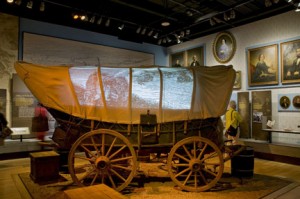 Kamins, an award-winning cinematographer, also produced the movies that show in the museum’s main exhibition, Telling New Mexico: Stories from Then and Now. They include a history of the Santa Fe Trail projected onto the canvas of a covered wagon; Setting the Stage, blending New Mexico landscapes with the words of noted authors; and pieces on Route 66, hippies and Tierra Amarilla firebrand Reies Lopez Tijerina. Kamins is no stranger to the Emmy stage, most recently picking up a 2010 statue for his work on the Colores documentary, Painting Taos.
Kamins, an award-winning cinematographer, also produced the movies that show in the museum’s main exhibition, Telling New Mexico: Stories from Then and Now. They include a history of the Santa Fe Trail projected onto the canvas of a covered wagon; Setting the Stage, blending New Mexico landscapes with the words of noted authors; and pieces on Route 66, hippies and Tierra Amarilla firebrand Reies Lopez Tijerina. Kamins is no stranger to the Emmy stage, most recently picking up a 2010 statue for his work on the Colores documentary, Painting Taos.
“Being nominated is a great way to honor the terrific collaboration we have with the New Mexico History Museum,” he said. “They brought to the project a remarkable understanding of New Mexico’s history and have a genuine enthusiasm for sharing the rich history of New Mexico. The Emmy nomination is also a great way to acknowledge the talent and ambition of former-UNM student Ryan Montaño, who was the co-producer on this program.”
“Working on the USS New Mexico documentary was such an extraordinary opportunity,” Montaño said. “Not only did the project help me garner a new sense of pride for my home state of New Mexico, but it helped me to understand and feel why the individuals of WWII, the era in which my grandparents lived, are considered America’s `Greatest Generation.’ What an opportunity!”
Some of New Mexico’s top historians and performers contributed their talents to the Moments in Time productions, including actor Dean Stockwell; flamenco artist Maria Benitez; famed New Mexico santero José Ramon Lopez; Dr. Estevan Rael-Gálvez, director the National Hispanic Cultural Center; historian and author Paul Hutton; and Torrance County historian Morrow Hall.
All of the films are available by clicking here. Lesson plans for the remaining videos are in the works. Go directly to the documentaries that have curricula by clicking on these links, then on “lesson plans.”
Buffalo Soldiers in New Mexico
The Estancia Press
In Her Own Voice: Doña Teressa Aguilera y Roche and Intrigue in the Palace of the Governors, 1649-1662
The Last Hurdle: El Camino Real de Tierra Adentro
Rough Riders
New Mexico’s Segesser Hide Paintings
Tesoros de Devoción
USS New Mexico BB40: The Drinan Diary
Fashioning New Mexico: Victorian Secrets

